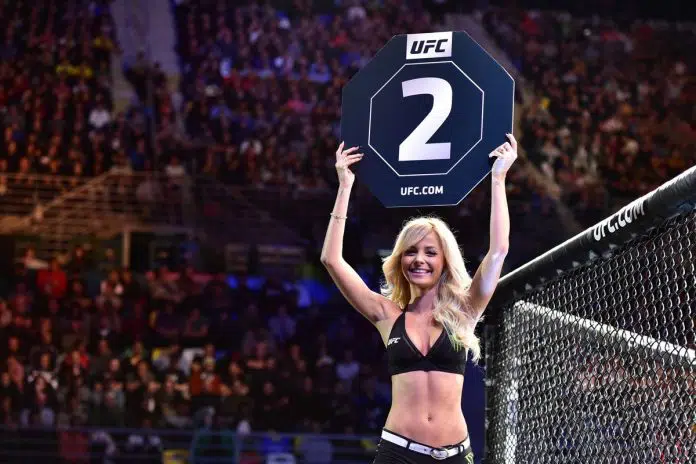When it comes to betting on MMA, the most popular bet (by far) is picking a winner. After that, the over/under on rounds typically draws the most action. But over the past year, we’re seeing a sharp rise in betting whether a fight reaches a decision or not. In fact, these prices now hit online sportsbooks like BookMaker.eu before the over/under.
This is a trend that’s easy to get behind. To casual bettors, betting whether the fight does or doesn’t go to decision is much easier to understand than the over/under. It’s a clear black and white decision, without dealing with things like half rounds. Betting the over/under in sports like football or basketball means you’re just dealing with point totals. In MMA, the over/under is set by round, so betting the rounds over on 2.5 rounds means that the fight has to go past the 2:30 mark of the third round.
It’s especially helpful in a sport where guys like Max Holloway and Derrick Lewis regularly finish guys in the third round and beyond. Lewis has 18 KOs in 21 career finishes, but a lot of his UFC finishes have come at wildly various points in the second and third rounds. Holloway’s last four wins have been finishes that ended in or past the third round.
Breaking Down Decisions by Division
In general, the bigger the weight class, the more likely the fight will end in a finish. At heavyweight, every fighter in the division has the size and power to score knockouts. Of course, the tradeoff is that big men typically have less cardio. Those two factors alone keep most fights from going to the judges. Conversely, it’s exponentially harder for a 115-pound woman to knock out an opponent.
Don’t take our word for it, though: this is backed by statistics. Below are the numbers from Fight Matrix, which aggregates MMA data. Take a look at the percentage of fights that go to decision, broken down by weight class.
FightMatrix UFC Decision Percentages
Heavyweight: 24.1% (635 total fights)
Light heavyweight: 35.1% (553 total fights)
Middleweight: 39.0% (695 total fights)
Welterweight: 46.3% (985 total fights)
Lightweight: 48.9% (969 total fights)
Featherweight: 54.2% (443 total fights)
Bantamweight: 49.7% (374 total fights)
Flyweight: 58.6% (186 total fights)
Women’s featherweight: 38.5% (13 total fights)
Women’s bantamweight: 54.1% (111 total fights)
Women’s flyweight: 66.0% (50 total fights)
Women’s strawweight: 68.6% (137 total fights)
Reading Between the Lines
First off, we can throw out the results of women’s featherweight – to call it a “division” is questionable and the sample size isn’t big enough. Take that out, and you can clearly see that decisions increase as weight class decrease. The only outlier here is from men’s bantamweight to featherweight. In every other case, the trend holds.
Clearly, there is going to be a lot of risk if you pick a heavyweight fight to go to decision – less than a quarter of the scraps get to the scorecards. At women’s strawweight, nearly seven out of 10 fights go to decisions. At 115 pounds, there are exceptions like Jessica Andrade, with four stoppages in seven wins. I have yet to find an active UFC heavyweight with more than five fights who has more decision victories than stoppages.
You don’t need me to tell you that so much depends on the fighter and the matchup – a fighter’s history will determine the betting prices. Betting that a Francis Ngannou fight goes to decision will be expensive, and in cases like that you’d get a payout on betting the over/under. For somebody like GSP in his prime – who went to decision in six straight fights – the payout would have been much higher on the fight not going to decision.
In the end, we do fight previews to find great betting values. We take into account the prices for all bets, from picking winners to obscure props when available. But if you’re going to bet anything else besides a winner, we definitely recommend betting if a fight goes or doesn’t go to decision.


